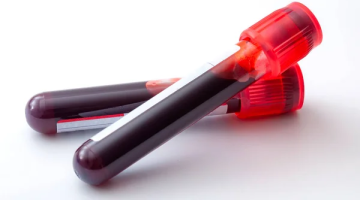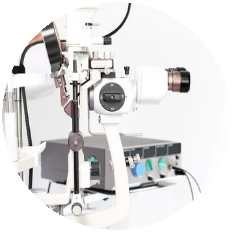Diagnostics
At the Dry Eyes Clinic, we use a combination of diagnostic methods.
LipiView
The LipiView diagnostic device measures the lipid layers on your eyes, assesses your blink rate and takes pictures of your meibomian glands.
Lipid layers of 100nm are normal. Anything less can suggest meibomian gland disease.
Inadequate or poor-quality oil in the tear film makes tears evaporate too fast. Tear break-up time of less than 10 seconds is another indicator of meibomian gland disease.
Images of the glands show any blockages and/or gland atrophy/dropout. This helps the specialist identify whether glands need clearing and determine the severity of your disease.
Blinking is crucial for an optimal tear film. Poor blink rates affect the quality of the tear film and exacerbate dry eye symptoms.


Schirmer’s Testing
Schirmer’s testing is undertaken when we suspect that your dry eye is due to an aqueous layer deficiency.
Special filter paper strips are placed under your lower eyelids and you are asked to keep your eyes closed. After five minutes, the strips are removed and the degree of moisture in them is measured. Normal levels are anything over 15mm. Anything less than 10mm indicates reduced tear production. Less than 5mm is associated with severe dry eyes related to tear deficiency.
Symptom History
An important component of dry eye diagnosis is taking a full symptom history. Symptom patterns can help identify the underlying cause.
Examination
Examination will pick up the presence of underlying conditions such as rosacea, or the presence of a demodex mite infestation, which might need different or additional treatment.
Blood Testing
Depending on the results of a Schirmer’s test, blood testing may also be used to confirm or exclude Sjogren’s disease.

Further Investigations
If symptoms cannot be explained, our consultant ophthalmologist can offer further testing and imaging to determine other possible causes of your symptoms.







